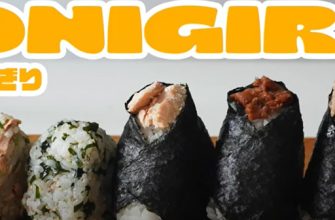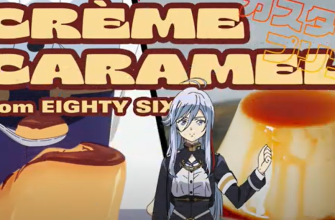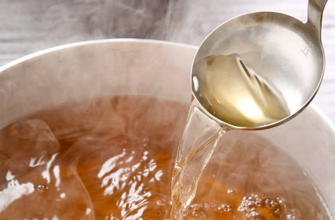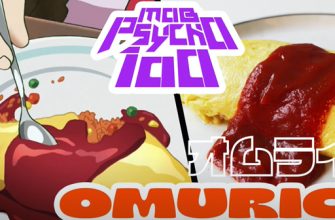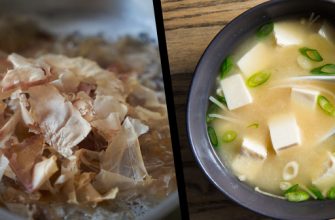Soy sauce is a salty seasoning made from fermented soybeans and wheat. It can be used as a seasoning such as simmered dishes, grilled meals, soups, men-tsuyu (soup for soba and udon) and ten-tsuyu (soup for tempura), or poured directly over food. It is one of the most widely used seasonings in Japan.
The color of soy sauce ranges from light brown to dark reddish-brown, depending on the aging period and temperature. According to the Japanese Agricultural Standards, there are five types based on production method and ingredients: dark soy sauce (KOIKUCHI – 濃口醤油), light-colored soy sauce (USUKUCHI – 薄口醤油), tamari soy sauce (TAMARI – たまり醤油), restock soy sauce (SAISIKOMI – 再仕込み醤油) and white soy sauce (SHIRO – 白醤油).
Soy sauce is said to have originated in the thirteenth century when the Shinshu monk “Kakushin”, who introduced the process of making miso from China, discovered the liquid in the bottom of a barrel used to make miso. Later, it became Tamari soy sauce.
During the Edo era, various efforts and innovations were made to make soy sauce more suitable for people’s tastes, and dark soy sauce, which is a combination of soybeans and wheat, was made.
Today, soy sauce has become a favorite all-around seasoning in many countries, and with the Japanese food boom, soy sauce is now on tables around the world.
Dark Soy Sauce (Koikuchi – 濃口醤油)
Dark soy sauce is the most common type of soy sauce, and the word “soy sauce” is usually used to describe this dark soy sauce. It is made by adding half soybeans and half wheat to rice malt to make soy sauce koji, and then adding salt water to it, stirring it from time to time and letting it mature for one to several years.
It is also widely used in a variety of dishes, and many of the recipes we present also use this type of soy sauce.
Light-Colored Soy Sauce (Usukuchi – 薄口醤油)
Like the darker soy souce, it’s made mainly from soybeans and wheat, but it has a higher proportion of wheat, a shorter maturation period, and a higher salt content than the darker ones.
Compared to dark soy sauce, it has a lighter color and aroma, making it easier to bring out the color and flavor of the ingredients. In the Kansai area in Japan, this light-colored soy sauce is a popular choice for soups, such as udon soup.
Tamari Soy Sauce (TAMARI – たまり醤油)
Dark or light-colored soy sauce is made from soybeans and wheat in roughly equal amounts, while tamari soy sauce is made almost exclusively from soybeans. (Some of them are gluten-free!) It is thicker in taste and color, because of the protein in the soybeans.
Tamari is also used in teriyaki, kabayaki, tsukudani, senbei, etc., because it develops a nice reddish color and gloss and increases in richness when heated. It is also recommended to be used with sashimi.



